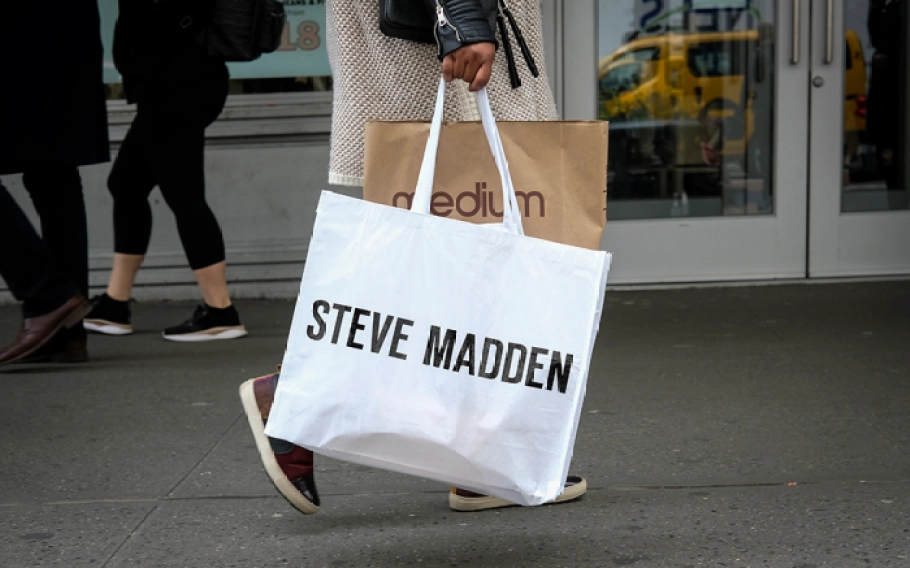Inflation continued to cool in March, signaling that the Federal Reserve’s interest rate hikes are having an impact.
Consumer prices rose 5 percent in March compared to last year, according to the latest Consumer Price Index released on Wednesday by the U.S. Bureau of Labor Statistics. This marks the smallest 12-month increase since May 2021 and a slowdown from February’s 6 percent and January’s 6.4 percent year-over-year growth. Compared to February 2023, prices in March rose 0.1 percent.
Excluding volatile food and energy costs, the Core CPI rose 0.4 percent from February and 5.6 percent from the same month in 2022.
Retail footwear prices similarly rose at a decelerating rate in March, up 0.3 percent from the same time last year. This marks the slowest growth in 24 months for the category. Prices for men’s footwear prices were down 2.3 percent in March, while women’s footwear prices rose 1.7 percent. Kids’ footwear also ticked up 2.2 percent last month.
According to the Footwear Distributors and Retailers of America (FDRA), these modest retail price increases for footwear come as input costs continue to rise faster.
“Year-to-date average landed costs of footwear imports are up 8.8 percent with year-to-date average hourly wages at shoe retailers up 22.4 percent,” Gary Raines, chief economist at FDRA, told FN. “Input costs rising faster than retail prices suggest tighter margins, an issue that may be a key factor for the market in 2023.”
Online prices also retreated in March, with Adobe reporting on Monday that prices fell 1.7 percent year-over-year (YoY), marking the seventh consecutive month of YoY price declines.
This latest data follows the Federal Reserve’s ninth consecutive rate hike late last month in its continued effort to tamp down inflation. The 0.25 percent increase moved the benchmark federal funds rate to a range of 4.75 percent to 5 percent.
Meanwhile, National Retail Federation chief economist Jack Kleinhenz said earlier this month that 2023 retail sales are forecasted to grow between 4 percent and 6 percent over 2022 for a total of between $5.13 trillion and $5.23 trillion. That would be slower than 2022’s 7 percent growth but still above the pre-pandemic average of 3.6 percent, Kleinhenz noted.
With the Federal Reserve continuing to increase interest rates to fight inflation, Kleinhenz added that he doesn’t expect a recession but said the forecast assumes gross domestic product growth will slow from nearly 3 percent in the second half of 2022 to 1 percent in 2023.

